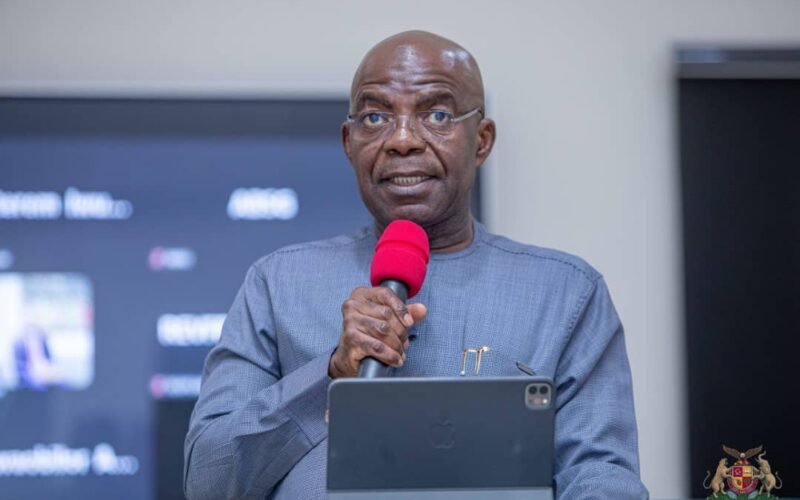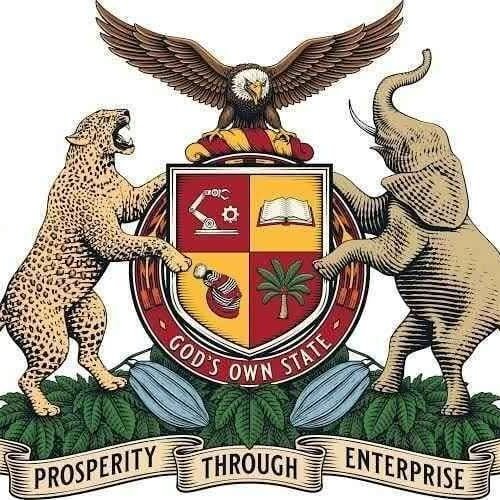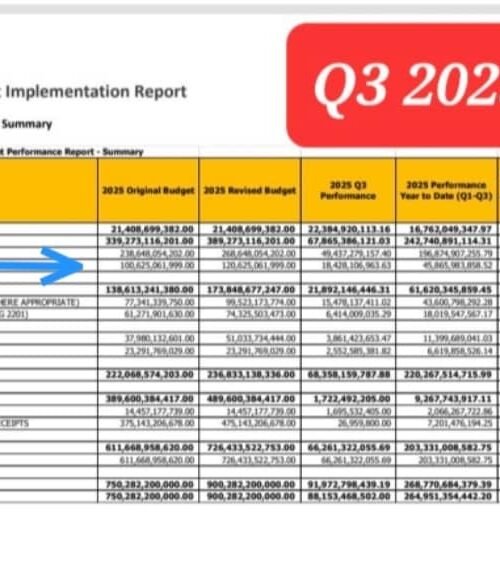The Otti Wave in Abia (2023–2025): A Political-Economic Renaissance
The ascension of Governor Alex Otti in Abia State has catalyzed a transformative wave, redefining governance through a blend of infrastructural revolution, fiscal discipline, and social inclusivity. Drawing from Abia’s government publications and news databases, this article explores the political-economic implications of the “Otti Wave,” anchoring its analysis in development theories, fiscal frameworks, and grassroots impact.
1. Infrastructure-Led Development: Roads as Economic Enablers
Governor Otti’s administration has prioritized road infrastructure as a cornerstone of economic revival. Over 200 kilometers of roads, including the dualized Owerrinta-Umuikaa Road and rehabilitated Ohanku Road, have been initiated, aligning with Keynesian principles of public investment to stimulate growth [user]. These projects serve as “economic compasses,” reducing transportation costs, enhancing interstate trade, and attracting investments to industrial clusters like the Osisioma Industrial Zone .
The Ovom Erosion Site rehabilitation exemplifies spatial economics, transforming a symbol of neglect into a hub of connectivity. Such projects have reduced accidents, improved access to Sam Mbakwe Airport, and spurred real estate development, reflecting Rostow’s modernization theory where infrastructure drives “take-off” stages [user].
2. Fiscal Reforms and Debt Management
Otti’s governance model mirrors New Public Management (NPM), emphasizing efficiency and accountability. Abia’s debt plummeted from ₦191.1 billion to ₦48 billion through strategic loan repayments and zero indebtedness to contractors, a feat achieved by pre-funding projects and avoiding financial mismanagement [user]. The controversial conversion of the Luxury Government House into a hotel underscores fiscal prudence, reallocating resources from underutilized assets to public goods .
However, critics, including the PDP, question project costs like the ₦36.5 billion Port Harcourt Road (₦6.18 billion/km), urging transparency . Otti’s administration counters by highlighting outcomes—completed projects and a ₦120 billion IGR target for 2025—to justify expenditures [user].

3. Social Investments and Human Capital Development
The Renewed Hope Initiative Social Investment Program, co-launched with federal partners, targets poverty alleviation through food aid and welfare schemes. This aligns with Sen’s capability approach, addressing vulnerabilities among widows, the elderly, and disabled citizens [user]. The establishment of the Ministry of Poverty Alleviation institutionalizes these efforts, reflecting a hybrid of state-led welfare and public-private collaboration.
Education reforms, such as the Umuahia Model Smart School, integrate technology to enhance human capital. By upgrading facilities and teacher training, Otti invests in endogenous growth theory, where education fuels long-term productivity [user].
4. Political Capital and Governance Philosophy
Otti’s refusal to defect to the APC despite political turbulence underscores credible commitment theory, where policy consistency builds public trust . His administration’s transparency in publishing quarterly budgets and addressing criticisms (e.g., PDP’s audit demands) strengthens social contract theory, fostering civic engagement .
The Greater Ohafia Development Agency (GODA) exemplifies decentralized governance, empowering local communities through projects like the Asaga Amuke Road [user]. Such initiatives counter past centralization, rebuilding political legitimacy.
5. Challenges and the Path Ahead
While Otti’s reforms are lauded, challenges persist:
Accountability Pressures: Scrutiny over project costs necessitates clearer cost-benefit disclosures .
Tax Compliance: Achieving the ₦120 billion IGR target relies on public buy-in, requiring continued demonstration of fiscal responsibility .
Sustaining Momentum: Expanding the Aba-Umuahia metropolitan corridor demands sustained investment amid global economic uncertainties .
Conclusion: The Abia Model of Development*
The “Otti Wave” represents a fusion of pragmatic economics and inclusive governance. By prioritizing infrastructure, fiscal discipline, and human capital, Abia is transitioning from a “pit of neglect” to a beacon of hope. As Otti himself notes: “Leadership isn’t about loud speeches; it’s about quiet, steady transformation” [user]. The coming years will test whether this model can achieve structural transformation—or if political-economic headwinds will temper its progress.
Dr Chukwuemeka Ifegwu Eke writes the University of Abuja Nigeria







